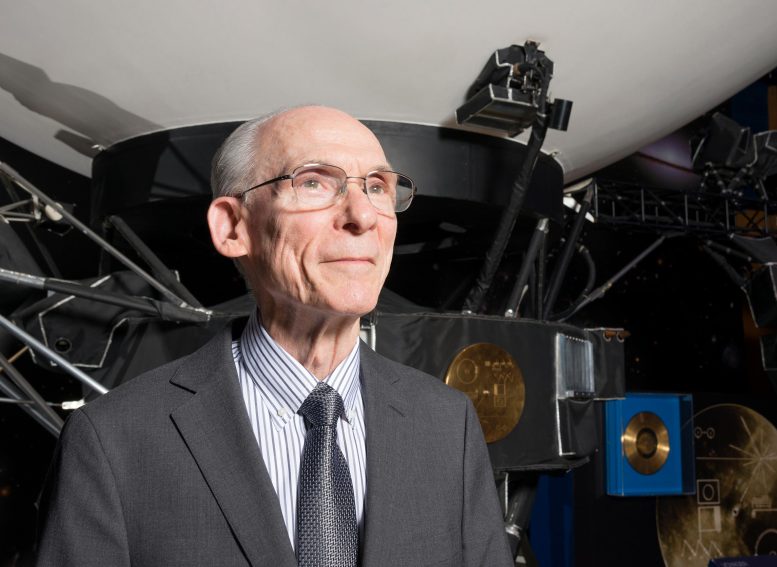
Ed Stone, former director of JPL and project scientist for the Voyager mission, died on June 9, 2024. A friend, mentor, and colleague to many, he was known for his straightforward leadership and commitment to communicating with the public. Credit: NASA/JPL-Caltech
Known for his steady leadership, consensus building, and enthusiasm for engaging the public in science, Stone left a deep impact on the space community.
Edward C. Stone, a luminary in space exploration and former director of NASA’s Jet Propulsion Laboratory, passed away on June 9, 2024, at age 88. Known for his leadership of the Voyager mission, Stone enhanced our understanding of the solar system and interstellar space. He also held a significant academic role at Caltech and received numerous accolades, including the National Medal of Science.
Remembering Edward C. Stone
Edward C. Stone, former director of NASA’s Jet Propulsion Laboratory (JPL) and longtime project scientist of the agency’s Voyager mission, died on June 9, 2024. He was age 88. He was preceded in death by his wife, Alice Stone, whom he met at the University of Chicago. They are survived by their two daughters, Susan and Janet Stone, and two grandsons.
Stone also served as the David Morrisroe professor of physics and vice provost for special projects at Caltech in Pasadena, California, which last year established a new faculty position, the Edward C. Stone Professorship.
“Ed Stone was a trailblazer who dared mighty things in space. He was a dear friend to all who knew him, and a cherished mentor to me personally,” said Nicola Fox, associate administrator for the Science Mission Directorate at NASA Headquarters in Washington. “Ed took humanity on a planetary tour of our solar system and beyond, sending NASA where no spacecraft had gone before. His legacy has left a tremendous and profound impact on NASA, the scientific community, and the world. My condolences to his family and everyone who loved him. Thank you, Ed, for everything.”
Ed Stone, former director of NASA’s Jet Propulsion Laboratory and longtime project scientist of the Voyager mission, passed away on June 9, 2024. He was 88 years old. In this 2018 video, Stone talks about the Voyager 2 spacecraft reaching interstellar space, six years after Voyager 1 reached the same milestone. Credit: NASA/JPL Caltech
Stone served on nine NASA missions as either principal investigator or a science instrument lead, and on five others as a co-investigator (a key science instrument team member). These roles primarily involved studying energetic ions from the Sun and cosmic rays from the galaxy. He had the distinction of being one of the few scientists involved with both the mission that has come closest to the Sun (NASA’s Parker Solar Probe) and the one that has traveled farthest from it (Voyager).
“Ed will be remembered as an energetic leader and scientist who expanded our knowledge about the universe — from the Sun to the planets to distant stars — and sparked our collective imaginations about the mysteries and wonders of deep space,” said Laurie Leshin, JPL director and Caltech vice president. “Ed’s discoveries have fueled exploration of previously unseen corners of our solar system and will inspire future generations to reach new frontiers. He will be greatly missed and always remembered by the NASA, JPL, and Caltech communities and beyond.”
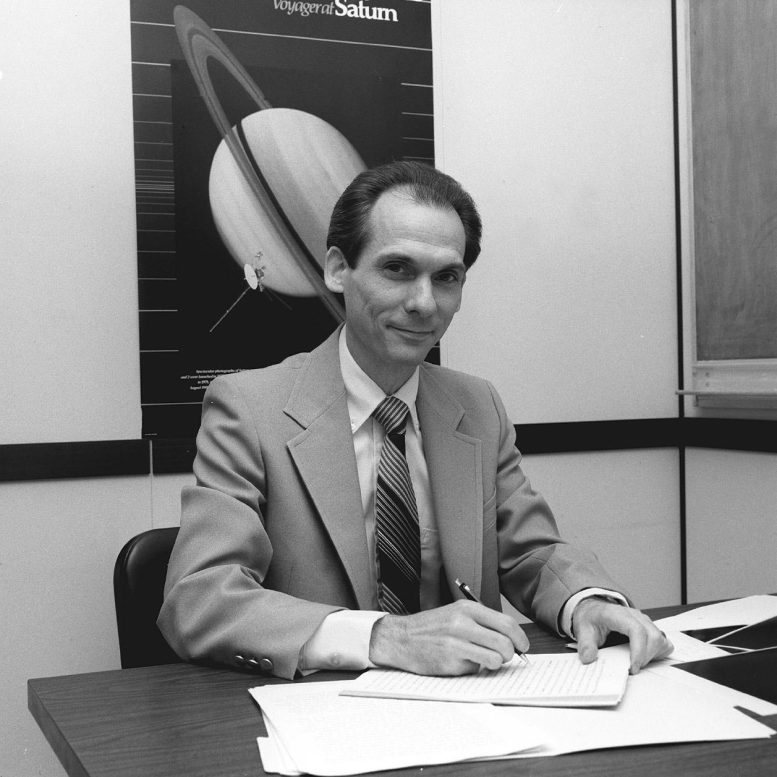
Ed Stone became project scientist for the Voyager mission in 1972, five years before launch, and served in the role for a total of 50 years. During that time, he also served as director of NASA’s Jet Propulsion Laboratory, which manages the Voyager mission for the agency. Credit: NASA/JPL-Caltech
At the Helm of Voyager
Stone is best known for his work on NASA’s longest-running mission, Voyager, whose twin spacecraft launched in 1977 and are still exploring deep space today. He served as Voyager’s sole project scientist from 1972 until his retirement in 2022. Under Stone’s leadership, the mission took advantage of a celestial alignment that occurs just once every 176 years to visit Jupiter, Saturn, Uranus, and Neptune. During their journeys, the spacecraft revealed the first active volcanoes beyond Earth, on Jupiter’s moon Io, and an atmosphere rich with organic molecules on Saturn’s moon Titan. Voyager 2 remains the only spacecraft to fly by Uranus and Neptune, revealing Uranus’ unusual tipped magnetic poles, and the icy geysers erupting from Neptune’s moon Triton.
Now more than 15 billion miles (24 million kilometers) from Earth, Voyager 1 is the most distant human-made object. Voyager 2, traveling slightly slower and in a different direction, is more than 12 billion miles (20 billion km) from Earth. Both probes are exploring interstellar space — the region outside the heliosphere, which is a protective bubble created by the Sun’s magnetic field and the outward flow of charged particles.
“Becoming Voyager project scientist was the best decision I made in my life,” Stone said in 2018. “It opened a wonderful door of exploration.”
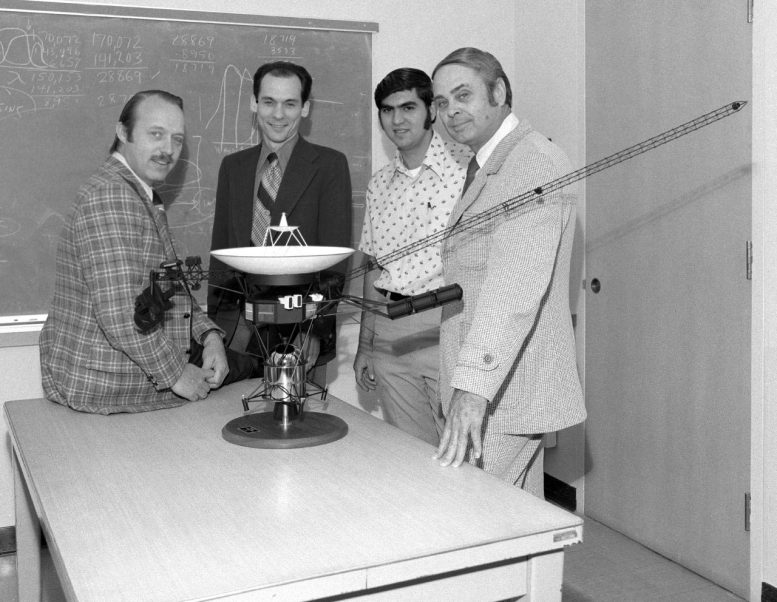
Ed Stone, second from left, and other members of the Voyager team pose with a model of the spacecraft in 1977, the year the twin probes launched. Credit: NASA/JPL-Caltech
He was particularly proud of the way Voyager quickened the pace of scientific analysis and took advantage of opportunities to engage the public. When Voyager 1 and 2 made their close flybys of the giant planets between 1979 and 1989, Stone was overseeing 11 teams of scientists, all accustomed to releasing their results at a slower pace through peer-reviewed journals.
Stone took the lead in tailoring the peer-review process to the faster pace of the mission’s planetary encounters: In the early afternoon, after data had come down, teams of scientists would decide what they thought their best results were for the day and hold up their conclusions for feedback in front of the whole science steering group.
Based on that discussion, Stone would choose the most interesting results to present to the media and the public the next morning. The scientists would then hone their presentations that evening and even overnight — with Stone often pressing them to come up with analogies that would make the material more approachable for a lay audience — while a graphics team worked on putting together supporting images. After the news conference the following morning, the process would begin anew. This cycle could continue daily through the duration of each planetary encounter.
“It was a very exciting time, and everyone was making discoveries,” said Stamatios “Tom” Krimigis of the Johns Hopkins Applied Physics Laboratory, who has served as the principal investigator of Voyager’s low-energy charged particles instrument since the mission’s launch. “Ed’s approach showed us how much public interest there really was in what Voyager was doing, but it also resulted in better science. You need more than one piece of information to make a picture, and hearing about other scientists’ data helped us interpret our own.”
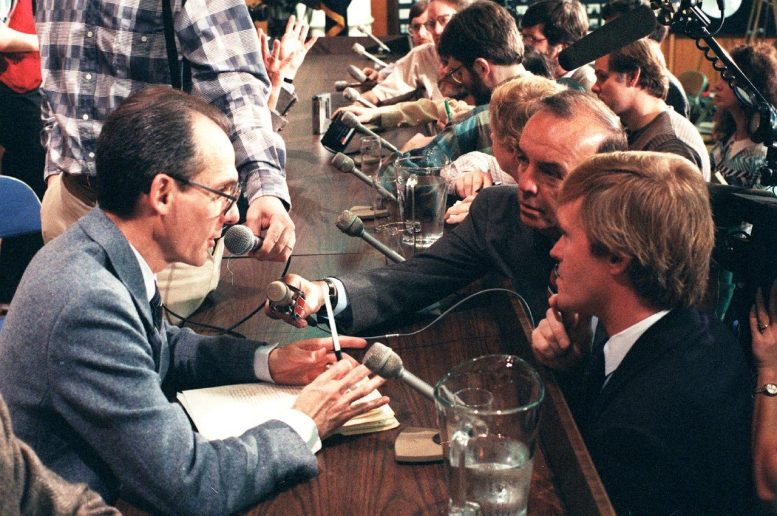
Ed Stone, left, talks to reporters at a news conference to announce findings from Voyager 2’s flyby of Uranus in 1986. Credit: NASA/JPL-Caltech
It was a process that continued to serve the Voyager team well in 2012 and 2013 as they debated whether or not Voyager 1 had exited the heliosphere and entered interstellar space. Some signs pointed to a new environment, but one key marker — the direction of the magnetic field lines around Voyager — hadn’t changed as significantly as scientists expected.
The team remained puzzled for months until Voyager 1’s plasma wave instrument detected a significantly denser plasma environment around the spacecraft — the result of a chance outburst of material from the Sun that set the plasma around Voyager 1 ringing like a bell. Stone gathered the team.
“Nobody could wait to get to interstellar space, but we wanted to get it right,” said Suzanne Dodd, who has served as Voyager project manager, overseeing the engineering team, at JPL since 2010. “We knew there would be people who disagreed. So Ed wanted to understand the full story and the assumptions people were making. He did a good job listening to everybody and letting them participate in the dialogue without anyone monopolizing. Then he made a decision.”
Stone realized that the scientists didn’t need to fixate on the direction of the magnetic field lines. They were a proxy for the plasma environment. The team concluded that the plasma wave science instrument’s detection provided a better analysis of the current plasma environment and was evidence of humankind’s arrival into interstellar space.
Guiding JPL to New Frontiers
Voyager’s high profile lifted Stone’s profile as well. In 1991, roughly two years after the mission completed its planetary flybys, Stone became director of JPL, serving until 2001. Under his leadership, JPL was responsible for more than two dozen missions and instruments. Highlights for Stone’s tenure included landing NASA’s Pathfinder mission with the first Mars rover, Sojourner, in 1996 and launching the NASA-ESA (European Space Agency) Cassini/Huygens mission in 1997. The first Saturn orbiter, Cassini was a direct outgrowth of the scientific questions that arose from Voyager’s two flybys, and it carried the only probe that has ever landed in the outer solar system (at Titan).
The 1990s were an era of shifting national priorities after the Cold War, with significant cuts in spending in the NASA and defense budgets. Stone restructured several missions so that they could fly under these more stringent cost constraints, including overseeing a redesign of the Spitzer Space Telescope cooling system so that it was more cost effective and could still deliver high-impact science and stunning infrared images of the universe.
Journey to Space
Edward Carroll Stone Jr. was born on January 23, 1936, in Knoxville, Iowa. The eldest of two sons of Edward Carroll Stone Sr. and Ferne Elizabeth Stone, he grew up in the nearby commercial center of Burlington.
Edward Stone Sr. was a construction superintendent who delighted in showing his son how to take things apart and put them back together again — cars, radios, hi-fi stereos. When the younger Stone was in junior high, the principal asked him to learn how to operate the school’s 16 mm movie projector and soon followed up with a request to run the school’s reel-to-reel tape recorder.
“I was always interested in learning about why something is this way and not that way,” Stone said in an interview about this career in 2018. “I wanted to understand and measure and observe.”
His first job was at a J.C. Penney department store, where he worked his way up from stockroom to clerk on the store floor. He also earned money playing French horn in the Burlington Municipal Band.
After high school, Stone enrolled in Burlington Junior College to study physics, and went on to the University of Chicago for graduate school. Shortly after he was accepted, the Soviet Union launched Sputnik and the Space Age began.
“Space was a brand-new field waiting for discovery,” Stone recalled in 2018.
He joined a team at the university that was building science instruments to launch into space. The first he designed rode aboard Discoverer 36, a since-declassified spy satellite that launched in 1961 and took photographs of Earth from space as part of the Corona program. Stone’s instrument, which measured the Sun’s energetic particles, helped scientists figure out why solar radiation was fogging the film and ultimately improved their understanding of the Van Allen belts, energetic particles trapped in Earth’s magnetic field.
In 1964, Stone joined Caltech as a postdoctoral fellow, running the university’s Space Radiation Lab together with Robbie Vogt, who had been a colleague at Chicago. They worked closely on a number of NASA satellite missions, studying galactic cosmic rays and solar energetic particles. In 1972, Vogt recommended Stone to JPL leadership for the position of Voyager project scientist, which he held for 50 years.
Among Stone’s many awards, the National Medal of Science from President George H.W. Bush stands out as the most prominent. In 2019 he won the Shaw Prize in Astronomy, with an award of $1.2 million, for his leadership in the Voyager project, which, as the citation noted, “has over the past four decades, transformed our understanding of the four giant planets and the outer solar system, and has now begun to explore interstellar space.” He was also proud to have a middle school named after him in Burlington, Iowa, as an inspiration to young learners.

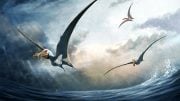
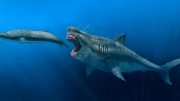

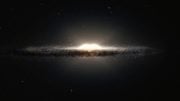
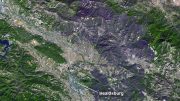
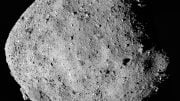

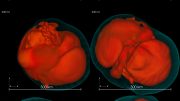
Be the first to comment on "Edward C. Stone, Visionary Leader of NASA’s Voyager Mission, Passes at 88"